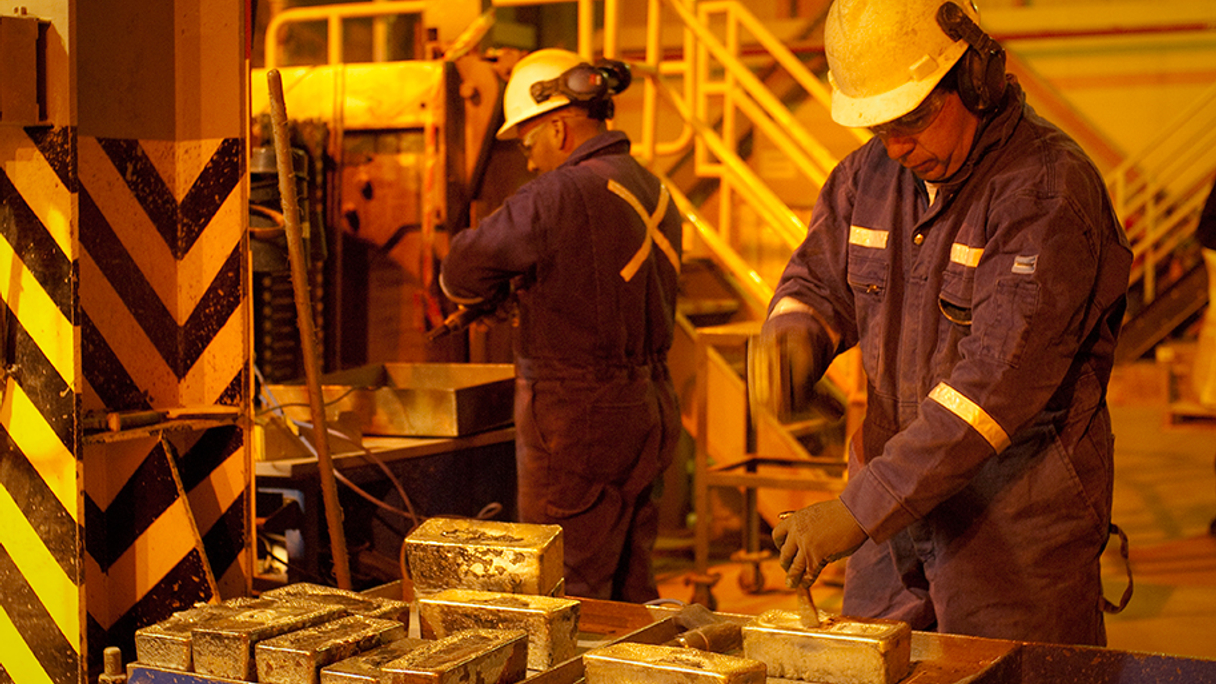In purchasing half of Barrick Gold’s Veladero mine for $960 million, Shandong Gold took advantage of a rare chance to buy a world-class sizeable mine.
¬ Haymarket Media Limited. All rights reserved.



